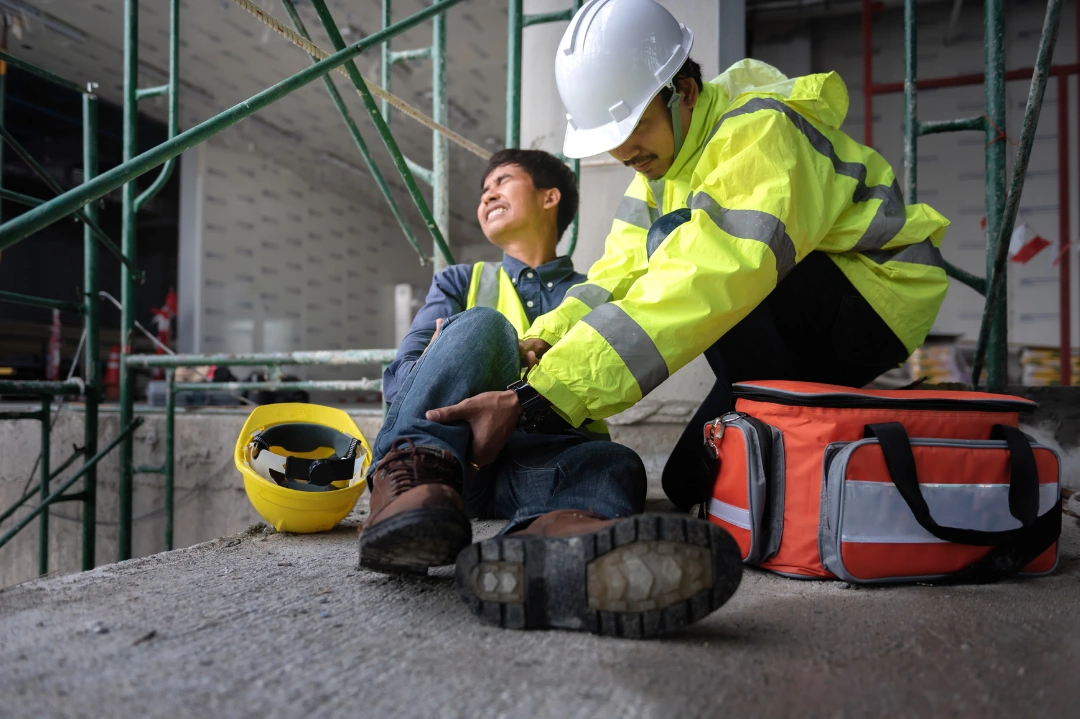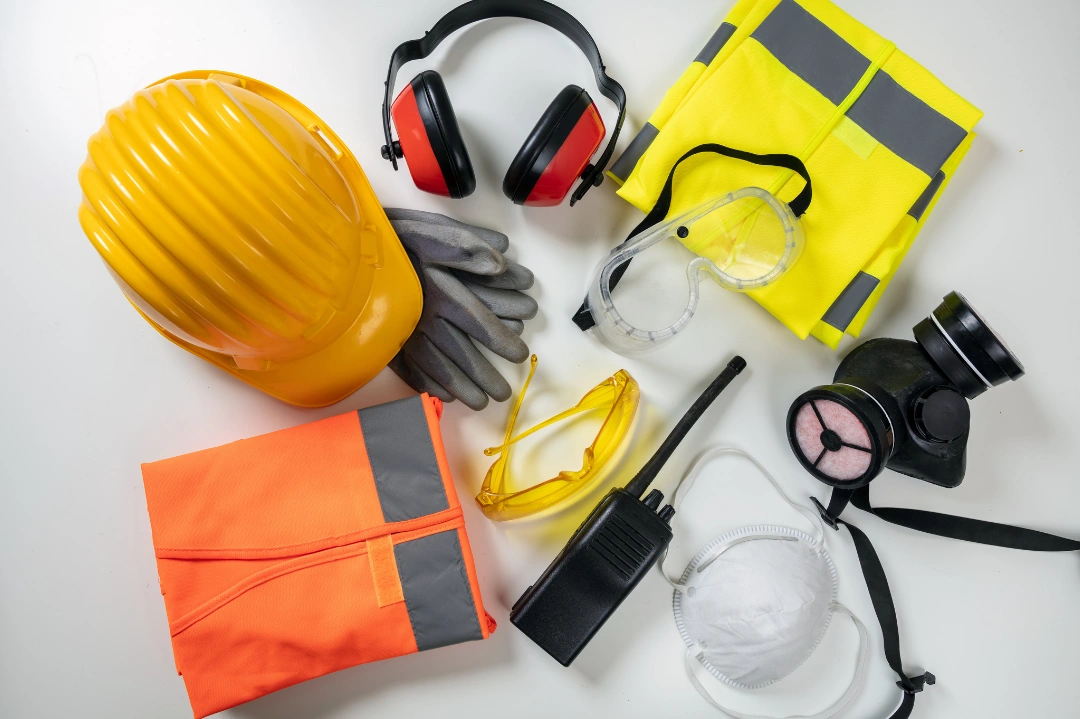
Man Down Alerts: What They Are And How They Keep Lone Workers Safe
Lone workers face heightened risks—from slips and falls to sudden medical emergencies—without anyone nearby to assist. A man down alert helps bridge that gap. These safety systems automatically detect when a worker becomes unresponsive or immobile, sending immediate alerts to supervisors or emergency contacts.
Implementing this technology offers a proactive way for employers of lone workers to reduce response times, lower incident severity, and protect employees operating in remote or high-risk settings. Understanding what a man down alert does and how it works can help you build a safer, more responsive workplace.
What Is A Man Down Alert?
A man down alert is an automated safety feature designed to detect when a worker falls, becomes motionless, or experiences a medical emergency. These alerts use built-in sensors to monitor movement, orientation, and inactivity. When the device senses a fall or prolonged stillness, it automatically triggers a signal for help.
Most man down alerts are part of wearable safety systems or smartphone-based apps. These tools are especially useful for lone workers who operate outside the view of coworkers or supervisors.
Devices may include GPS tracking, impact detection, and two-way communication. Some models integrate with cloud-based platforms that allow real-time monitoring and response coordination. Whether used in construction, utilities, security, or healthcare, man down alerts offer a reliable way to detect emergencies and initiate help fast, even when the worker is unable to call for it.
The Importance Of Man Down Alerts For Lone Workers
Lone workers face higher risks than those in team environments. Without nearby colleagues, a fall, sudden illness, or equipment accident can quickly become life-threatening. In industries like construction, utilities, security, and field services, these risks are part of the job, but they don’t have to go unaddressed.
A man down alert acts as a silent safeguard. When a worker collapses, becomes motionless or experiences trauma, the system detects the event and automatically notifies emergency contacts. This quick response capability can be the difference between a close call and a tragedy.
For employers, investing in these systems demonstrates a commitment to employee safety. It also helps meet legal and regulatory obligations for lone worker protection. With the right setup, man down alerts reduce emergency response times, lower liability, and give both workers and supervisors greater peace of mind.
How Man Down Alerts Work
Man down alert systems use smart sensors to detect when a worker has fallen, become immobile, or may be unconscious. These systems are built into wearable devices or mobile apps and monitor real-time activity through motion sensors, tilt detection, and inactivity timers. If abnormal movement or prolonged stillness is detected, the system activates an alert.
Most systems give the worker a chance to cancel before the alert is sent out in case of a false trigger. If no response is received, the system escalates the notification to designated contacts, such as supervisors or emergency personnel. This allows for quick intervention, even if the worker cannot call for help directly.
Types Of Man Down Alert Systems
Several systems are available to suit different industries and working conditions:
- ●
Wearable devices: These include smartwatches, safety vests, and belt clips with built-in fall detection.
- ●
Smartphone apps: Apps offer flexibility and are easy to install but may rely on consistent connectivity and phone battery life.
- ●
Dedicated safety monitors: Rugged standalone devices designed for high-risk environments with longer battery life and stronger sensors.
Each system varies in terms of durability, cost, and ease of integration.
Integration With Other Safety Systems
Man down alerts work best when integrated into a broader safety plan. Benefits of integration include:
- ●
Real-time location tracking alongside alerts
- ●
Connection to emergency dispatch systems or internal safety teams
- ●
Centralized dashboards for monitoring lone workers at scale
- ●
Automated check-in/check-out protocols to ensure accountability
This layered approach builds a stronger safety net for lone workers in the field.
Implementing Man Down Alerts In Your Organization
Choosing the right man down alert system starts with understanding your team's needs and the environments they work in. From remote technicians to healthcare workers, different roles demand different features.
To select and implement an effective system:
- ●
Identify job-specific risks and coverage areas
- ●
Evaluate devices for durability, ease of use, and response speed.
- ●
Choose platforms that integrate with existing communication tools.
Training And Awareness
Even the best technology needs the right training. Make sure employees understand how to use alert systems and why they matter.
Key training and awareness strategies:
- ●
Provide hands-on demonstrations during onboarding.
- ●
Review procedures during regular safety briefings.
- ●
Run drills to reinforce quick, confident use.
- ●
Offer refresher courses and updates as systems evolve.
Ongoing support and consistent communication keep everyone engaged, prepared, and protected.
Case Studies And Examples
Man down alert systems have proven successful across a wide range of industries. They help employers respond quickly to emergencies and reduce long-term risk. From industrial settings to home healthcare, these tools have contributed to safer outcomes and improved confidence for workers.
Examples of effective use include
- ●
Utilities and fieldwork:A wearable alert system helped a technician working in a remote area be found quickly after a fall.
- ●
Home healthcare:Nurses visiting patients alone triggered alerts when unexpected medical situations occurred, prompting fast responses.
- ●
Construction:Smart helmets with fall detection and GPS helped supervisors locate injured workers within minutes.
These systems reduce response times, lower injury severity, and build trust in workplace safety efforts. When integrated into broader protocols, they offer both preventive and responsive protection for teams operating independently.
Conclusion
Man down alert systems offer a powerful way to protect employees who work alone, especially in high-risk or remote environments. These tools detect emergencies automatically and deliver immediate alerts, giving supervisors the chance to act quickly.
By choosing the right system, providing proper training, and integrating alerts into your broader safety strategy, you create a stronger safety net for your team. Investing in this technology leads to faster response times, fewer serious injuries, and greater peace of mind for everyone involved.
Read More From the Lone Worker Blog
Work Accidents: Prevention And Response

Ensuring the safety of lone workers is one of the biggest responsibilities for employers. These workers face unique risks, making understanding and mitigating the potential for work accidents essential.
Read MoreThe Top 3 Personal Protective Equipment Devices For Lone Workers

In today's fast-paced work environments, ensuring the safety of lone workers is more necessary than ever. These individuals often operate in isolation, facing unique challenges without the immediate support of colleagues.
Read More


